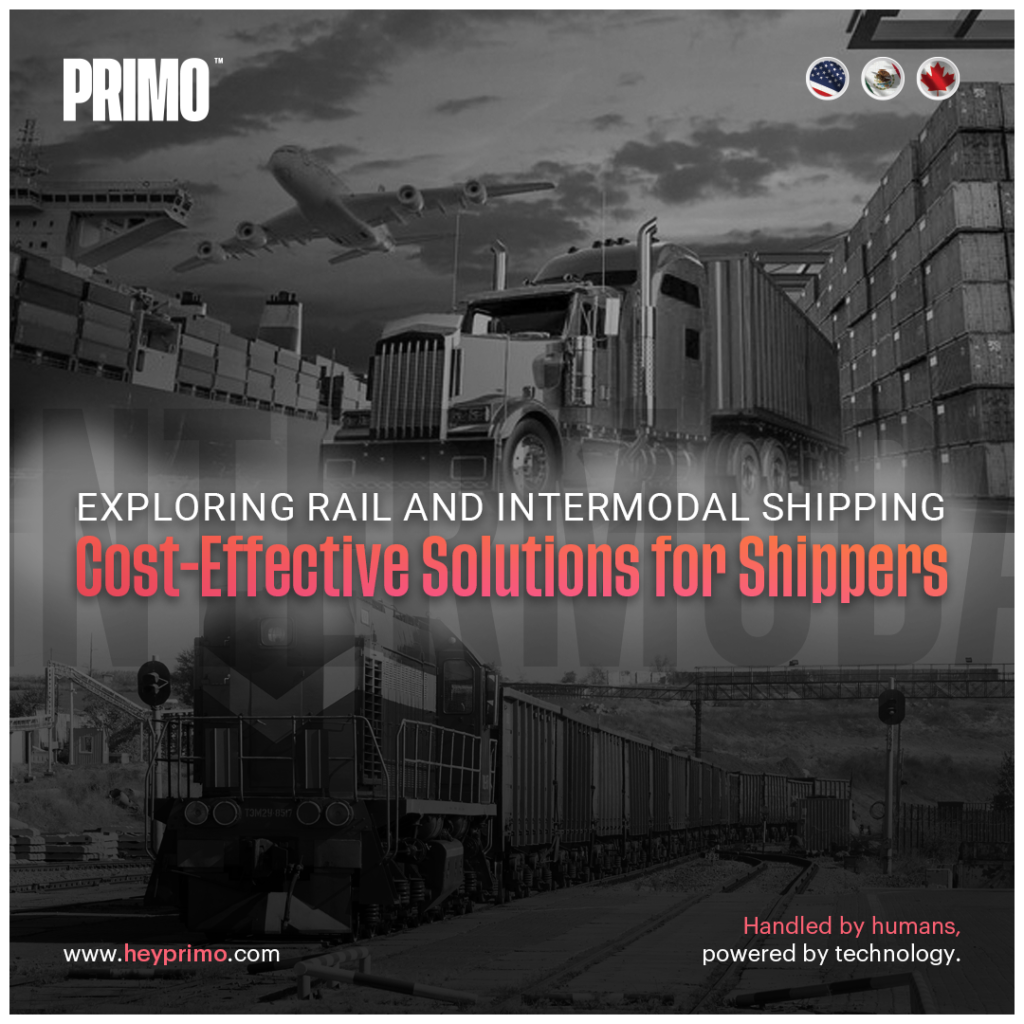
The volatile nature of fuel prices and the tightening of environmental regulations have placed a premium on innovative shipping methods. Intermodal transportation, with its blend of various transport modes, emerges as a vital strategy for companies aiming to stay competitive and compliant. According to Union Pacific, intermodal transportation is a key component in the logistics strategy for businesses looking for efficiency and sustainability. Further, shippers are continuously looking for ways to improve, and intermodal is another step in successful optimization across Mexico-US freight. Let’s take a look at why intermodal shipping is one of the best ways to enable cost-effective transportation in this area.
Rising transportation costs have become a significant concern for businesses looking to maintain profitability. At the same time, reducing emissions and the carbon footprint of shipping operations has evolved from a regulatory mandate to a corporate ethical responsibility and a competitive edge.Intermodal shipping, which combines the strengths of different transportation modes, is at the heart of this efficiency, revolutionizing the way goods are moved across continents. Of course, there are plenty of other challenges at play, including:
Intermodal shipping optimizes the transportation process by using standardized cargo containers that can be easily transferred between rail, road, and sea. This method minimizes handling times, reduces damage, and enhances security, offering a streamlined solution that addresses both economic and environmental concerns.Of course, effective intermodal transport depends on the quality and reliability of existing truckload services too. After all, rail only goes so far, and shipments may need to be carried between DCs, ports or other areas to the rail ramp itself.
The bulk transport capabilities and fuel efficiency of railroads make intermodal shipping a cost-effective option for long-haul segments. This method significantly cuts transportation costs, especially for cross-country or international shipments. Rail transport’s superior fuel efficiency offers substantial savings on energy costs and helps reduce the ecological footprint of transport operations. Implementing a freight management system can further enhance these benefits; however, it comes with the added need for longer lead times and more access to localized storage (warehousing) solutions to support downstream transportation via rail.
Streamlining supply chain management through intermodal solutions can lead to more agile, flexible, and cost-effective logistics. Companies report reduced transit costs, lower inventory costs, and improved delivery reliability. For industries with specific logistics needs, such as the semiconductor industry, bespoke logistics strategy solutions via rail offers more control and versatility over traditional over-the-road transportation.
Freight railroads, being more fuel-efficient than road transport, play a crucial role in reducing greenhouse gas emissions. This shift towards intermodal shipping supports global efforts to combat climate change and promote sustainable development.
The environmental benefits of intermodal shipping extend beyond reducing carbon emissions. By conserving fuel and reducing pollution, intermodal solutions contribute to a larger global effort toward sustainable development and environmental protection.
The transition to intermodal shipping can be complex, requiring adjustments in logistics strategies and the integration of new technologies. However, the long-term benefits of cost savings, enhanced efficiency, and reduced environmental impact make this journey worthwhile.
Embracing the challenges and opportunities presented by intermodal shipping helps shippers achieve a balance between economic efficiency and environmental responsibility. This approach not only future-proofs supply chains but also aligns with broader sustainability goals, offering a win-win solution in an increasingly competitive and regulated market. Connect with a PRIMO team member to get started on your intermodal transportation strategy now.